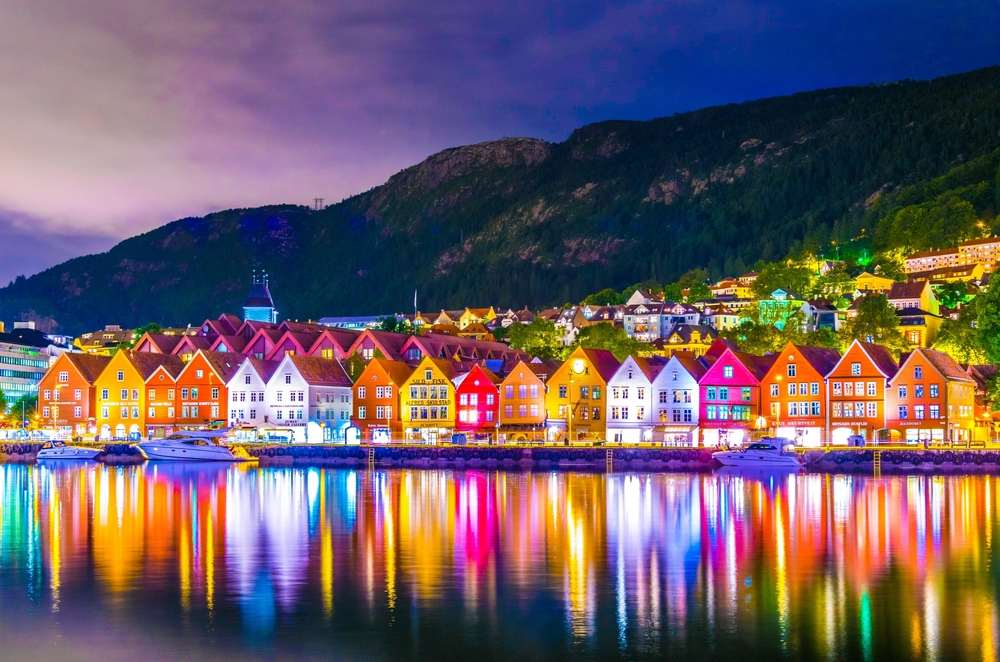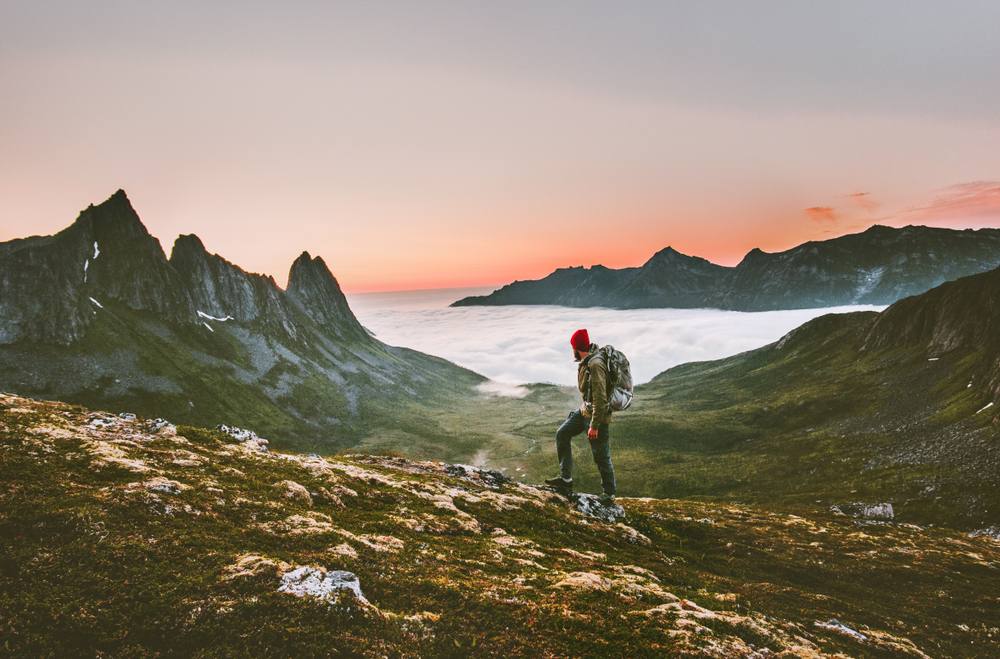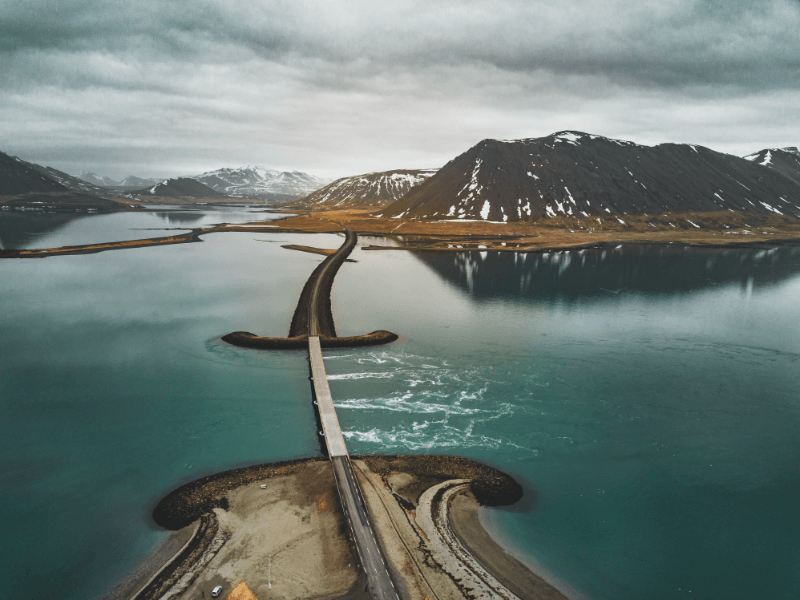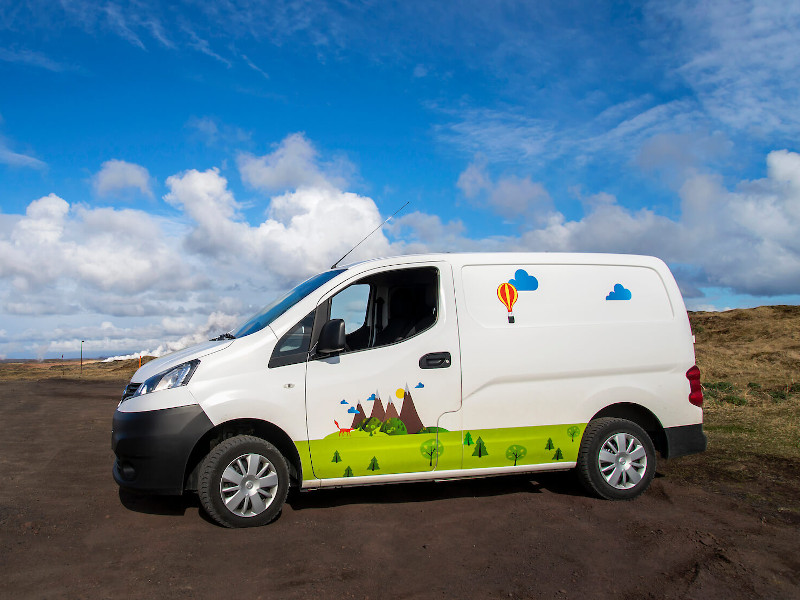Is it even possible to go surfing in Norway? You bet! Forget palm trees and beach bars - here, frost clings to your nose hairs as you paddle out. This unexpected surf paradise, fueled by North Atlantic swells, is rapidly becoming the Holy Grail for wave hunters.
Imagine carving through breaks shaped by ancient fjords, where icy water meets jaw-dropping landscapes. As you pop up on your board, the midnight sun or dancing aurora paints the sky.
It's a far cry from Bali's warm waters, but that's exactly why adventure seekers are flocking here. Surfing in Norway isn't just a sport - it's a full-blown Arctic odyssey. Ready to trade your board shorts for a thick wetsuit and embrace the chill?
The Pros and Cons of Surfing in Norway
Before you book your flight, let's quickly chat about the good, the bad, and the ugly of what it's like to surf in Norway without sugarcoating it. Here's a quick rundown of what to expect:
Pros
Stunning Landscapes: Imagine surfing with dramatic fjords, towering mountains, and snow-capped peaks as your backdrop. It's hard to beat the scenery in Norway.
Fewer Crowds: Unlike popular surf spots like Hawaii or Bali, Norway's beaches are refreshingly uncrowded, offering plenty of space to catch waves.
Cold-Water Adventure: If you're a thrill-seeker, Norway's icy waters provide a unique and challenging surfing experience like no other.
Pristine Beaches: Norway's beaches are natural and unspoiled, offering a raw and authentic surf experience without the commercialization found elsewhere.
Beginner-Friendly Waves: Thanks to varied breaks, Norway offers surfable waves for all skill levels, even in colder months.

Cons
Freezingly Cold Water: Even in summer, the water is cold! Without the proper gear, it can be tough to stay warm.
Seasonal Waves: While some spots deliver consistent waves, others can be hit-or-miss depending on the season.
Expensive: Norway's high cost of living can make surf trips pricier compared to other destinations.
Limited Amenities: Some of the more remote beaches lack nearby accommodations or surf schools, so planning is key.
Weak Summer Swells: In the summer, the waves can be almost non-existent, leaving some surfers waiting for the swells to pick up.
Travel Time: Reaching certain surf breaks can involve long drives, so be ready to spend hours on the road.
Best Surf Spots in Norway
The best surf spots in Norway stretch across the entire west coast, from sandy beaches in the south to the rugged fjords of the Arctic Circle. This slice of Europe is a swell-seeker's playground, with hidden gems waiting to be discovered. However, some spots are better known than others, such as...
Unstad Beach (Lofoten Islands)
Unstad Beach is definitely one of the top beaches in Norway and has quickly become one of the most photographed surf spots in the world. Thanks to its jaw-dropping Norwegian scenery and the cold-water surfing buzz it sparked back in the 2010s, pros and surf-mag models flock here to capture the stunning contrast of massive coastal mountains and snow-covered shores.
However, its Instagram fame has made Unstad one of the most overcrowded breaks in Scandinavia. Unstad truly shines when the rare, long-period SW Atlantic swells hit in midwinter, delivering perfect 1.5-2.5 meter (5-8 foot) waves.
On those epic days, even the world's best surfers patrol the shores. Despite the crowds, early risers can still catch good vibes and potential solo sessions. Unstad boasts two main breaks:
The Unstad Right: A long, sectiony right peeling off the pebbles, capable of delivering heavy shoulders and rippable walls up to 300 meters (985 feet).
The Unstad Left: A more forgiving, bowly wave that offers 300-500 meter (985-1,640 feet) rides, perfect for experienced intermediates looking for long, smooth runs.

Hoddevik Beach (Stad Peninsula)
Nestled in the heart of Fjord Land, Hoddevik Beach offers an 800-meter (2,625-foot) stretch of silver pebbles and golden sand, making it one of the most scenic spots for surfing in Norway. Framed by two massive headlands, this beach presents breathtaking views and a serene atmosphere.
The best time to surf here is during the winter, with consistent N wind swells and big Atlantic groundswells creating mellow, beginner-friendly waves. The fjord-shaped swells provide a softer ride, perfect for beginners and intermediates alike. Though more challenging to reach and prone to long flat spells in summer, it's far less crowded than popular European surf spots like Portugal and France.
The middle of Hoddevik Bay runs about 400 meters (1,312 feet) between two-point breaks, offering ideal conditions with mid-sized SW swells. Surf camps and schools operate here, providing a fantastic learning environment with gentle A-frames and whitewash. However, waves close out if they exceed 1.8 meters (6 feet).
Borestranden Beach (Jæren Region)
Borestranden Beach is a premier destination for surfing enthusiasts, known for its stunning sandy coastline and consistent wave conditions. Stretching 3 kilometers (1.86 miles), it's part of a 70-kilometer (43-mile) coastal stretch offering a variety of surf spots. This makes it ideal for surfers of all skill levels, from beginners to the more experienced.
The surf here is influenced by swells from the North Sea, providing reliable waves ranging from gentle rollers to more challenging breaks. Surf schools and rental facilities make it easy for newcomers to get started, while the natural beauty of the surrounding dunes and picturesque sunsets create a breathtaking backdrop.
The region's mild climate allows for year-round surfing, but winter sessions are especially exhilarating, with larger swells bringing more powerful waves. Whether you're a seasoned pro or just starting out, Bore Beach offers an unforgettable surf experience.
Ervik Beach (Stad Peninsula)
Ervik Beach is a hidden gem for surfing in Norway, offering reliable waves in a peaceful and picturesque setting. This spot is perfect for intermediate and advanced surfers and is known for its consistent surf conditions year-round. With prime swells rolling in from both the southwest and northwest, Ervik provides excellent opportunities to catch quality waves.
Beyond the surf, Ervik's natural beauty is awe-inspiring, featuring pristine sandy beaches framed by towering mountains. The area also has a unique historical significance, with remnants of World War II fortifications and bunkers scattered across the landscape, giving an added layer of intrigue to the experience.
Despite its beauty and great surf, Ervik remains relatively remote and uncrowded, offering a tranquil escape from busier tourist spots. However, the beach has limited accommodation options, so many surfers choose to stay in nearby Hoddevik, which provides additional amenities for visitors.
Orrestranda Beach (Jæren Region)
Orrestranda Beach is a Nordic treasure known for its expansive sandy coastline, part of a stunning 15-kilometer (9.3-mile) stretch. As Norway's longest sandy beach, it offers consistent wave conditions influenced by North Sea swells, making it a reliable spot for surfing in Norway year-round.
This beach is ideal for all skill levels, from beginners to experienced surfers. Its calm yet thrilling waves attract surfers of all kinds, with local surf schools and nearby facilities offering equipment rentals and lessons for all ages. Orrestranda gained recognition with its Blue Flag certification in 2017, highlighting its excellent water quality and commitment to environmental standards.
The Friluftshuset recreation center is nearby, offering additional amenities, outdoor activity information, and insight into nature conservation. Beyond the surf, Orrestranda's picturesque views, lush landscapes, and dramatic coastal features provide a peaceful setting, perfect for combining adventure with the beauty of Norway's natural surroundings.
What to Bring for Your Surfing Trip to Norway
If you're ready to conquer the icy water of Norway like a pro, you'll want to make sure you have the right gear. Here's a list of essential items to bring for your surfing trip in Norway:
Thick Wetsuits: Opt for a 6mm to 7mm wetsuit to handle Norway's icy waters. Don't forget the full kit – hoods, gloves, and boots are essential for keeping warm.
Cold-Water Surfboard Wax: Cold conditions require specialized wax to ensure you maintain a good grip on your board.
Dry Robes and Warm Layers: After your session, slip into a dry robe and layer up with thermal wear and water-resistant jackets to stay warm.
Safety Gear: Use a strong leash and reliable fins designed for rougher waters. Safety is crucial when tackling Norway's cold surf conditions.
Renting vs. Bringing Gear: If you're traveling light, many surf spots offer gear rentals. But if you prefer to use your own equipment, it's worth bringing it along.

The Best Time to Go Surfing in Norway
The ideal time to surf in Norway is from September to March, with midwinter delivering the largest waves. However, each season offers its own unique surfing conditions. Here's a quick breakdown:
Spring (March-May)
Spring in Norway sees rising temperatures and consistent waves, ideal for beginners and longboarders. Water temperatures range from 4°C to 8°C (18°F to 20°F), creating manageable surf conditions. Beaches are less crowded, and the weather is milder, offering a more comfortable experience without the extremes of winter.
Summer (June-August)
Summer provides milder weather, with air temperatures averaging around 15°C (59°F) and water temps reaching up to 18°C (64°F). Although wave consistency drops, this season is great for beginners to try surfing in warmer waters. The long days and midnight sun allow for extended sessions, making it a unique time to surf despite smaller waves.
Autumn (September-November)
Autumn in Norway is perfect for experienced surfers, bringing larger, more powerful swells. Air and water temperatures cool to 8°C to 12°C (46°F to 54°F), and the surf conditions become more consistent. The vibrant fall scenery makes this season especially stunning for surfing in Norway, offering thrilling rides for those seeking bigger challenges.
Winter (December-February)
The Norwegian winter is for hardcore surfers, with frigid water temperatures between 5°C to 7°C (41°F to 45°F). Though the conditions are tough, they offer the biggest and most powerful swells. Winter surfing in Norway is an adrenaline-pumping experience, often under dramatic polar night skies. Thick wetsuits and full gear are essential for anyone braving these extreme conditions.
The Unexpected Joy of Surfing in Norway
Surfing in Norway is like discovering a secret treasure chest of waves hidden between majestic fjords. The thrill of cold-water surfing, paired with the stunning scenery, makes the experience of freezing your nose off in frigid waters completely worth it.
But beyond the adrenaline and beauty, surfing in Norway brings a unique sense of community. The surf culture is still relatively small in Norway, allowing for close connections to form among fellow surfers. It's not uncommon to end a session with a hot drink, laughter, and new friendships.
Want to make the trip even better? Rent a campervan in Norway! It's like having your own mobile surf shack, with plenty of space for your gear, saving on expensive hotels, and parking right by the beach. Who needs fancy hotels when you've got the open road and epic waves?



 By
By 






